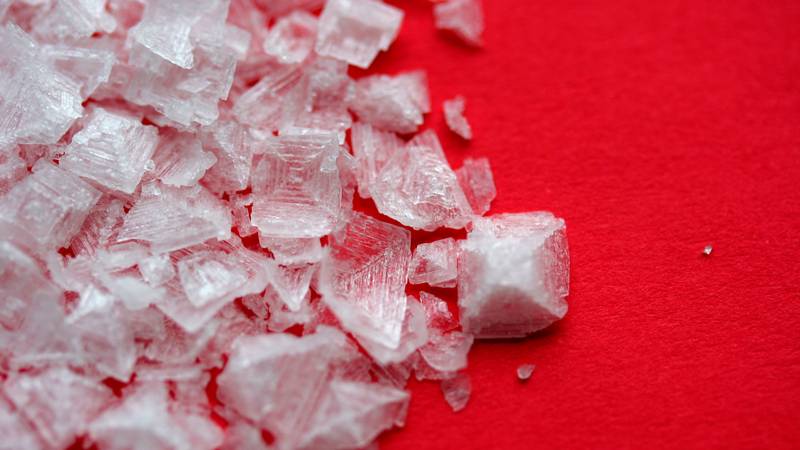If your everyday routine includes hour-plus sweat sessions, you can probably rest easy, says Brook Schantz, a registered dietitian and Certified Specialist in Sports Dietetics at Loyola University Medical Center; there’s a good chance your body needs more than the Recommended Daily Allowance of 2,300 milligrams of sodium. In fact, she says, “endurance athletes need to be more concerned about getting in enough salt before, during, and after long bouts of exercise than consuming too much sodium.”
Just as athletes need more calories than the average sedentary American, they also need more sodium to replace what’s lost through daily perspiration—about 1.5 to 3 grams per liter. (To put that in perspective, 1.5 grams is equivalent to a quarter teaspoon of salt, or 590 mg of sodium, says Schantz.) And training in a hot environment, especially if you’re not yet acclimated to the temperature, can cause you to sweat out even more salt than usual, she adds.
While this does give you more freedom to shake that salt shaker freely at meals, remember that you’re already replacing some of that sodium—or, at least, you should be—with sports drinks or electrolyte fuels—during or immediately after your workout. You’re also likely getting plenty of sodium from foods you already eat, like bread, eggs, soup, and yogurt, says Nancy Clark, RD, CSSD, author of “Nancy Clark’s Sports Nutrition Guidebook.”
So how do you know if you’re getting the right amount of salt? Have your blood pressure checked annually to be sure it’s at a healthy level; even extremely active individuals can develop hypertension, especially if they have a family history or another underlying condition. (Your body’s sensitivity to sodium also increases as you get older, Clark says.) On the flip side, muscle cramps while working out, or more serious symptoms ofhyponatremia, can be signs that you’re not getting enough sodium.
Bottom line: The more you sweat, the more salt you can—and should—consume before, during, and after your workout. Processed and fast food can certainly replenish what you’ve lost (and then some), but a sports drink and a well seasoned home-cooked meal is probably your healthiest overall choice.
